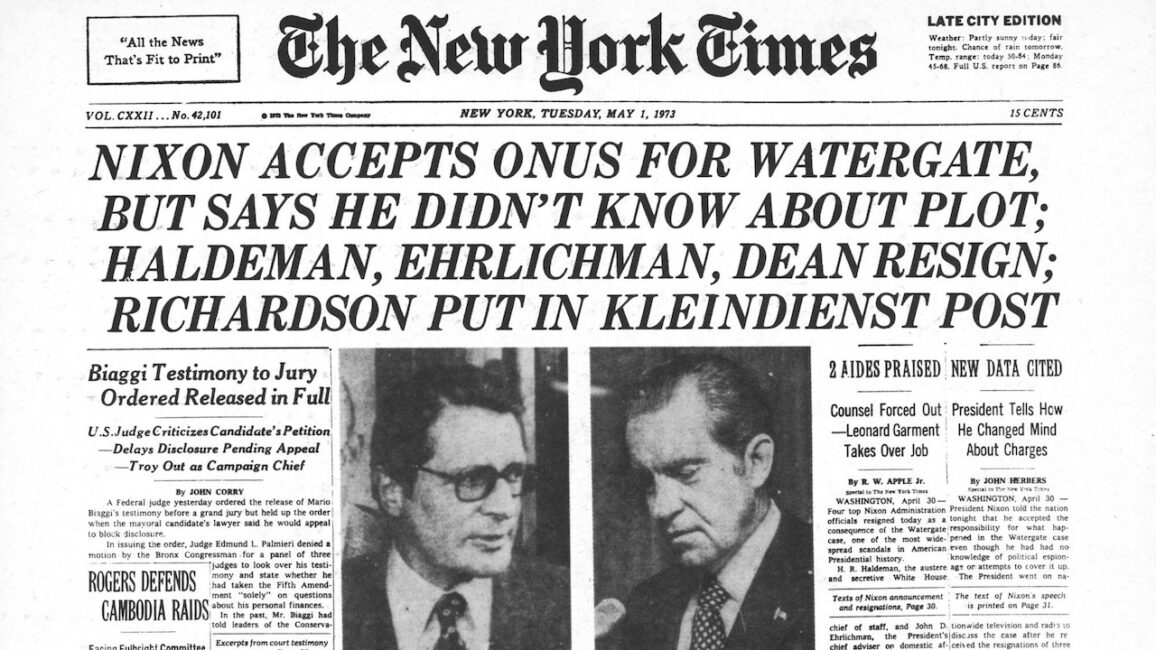
B H E
U.S. Government Conspiracies That Were Exposed to the World
Throughout history, the U.S. government has been at the center of countless conspiracy theories — but not all of them were fiction. Some of the most unbelievable cover-ups turned out to be true, shocking the public and rewriting what we thought we knew about power, secrecy, and control. In this article, we uncover 5 real U.S. government conspiracies that were eventually exposed to the world, revealing just how far certain agencies were willing to go to hide the truth.
Edward Snowden and NSA Surveillance: A Real U.S. Government Conspiracy
In 2013, whistleblower Edward Snowden exposed one of the most alarming U.S. government conspiracies of the modern era. As a contractor for the National Security Agency (NSA), Snowden leaked classified documents revealing a secret mass surveillance program targeting not only foreign communications, but also millions of U.S. citizens.
The documents showed how the NSA collected phone metadata, emails, and online activity without public knowledge or proper oversight. What many considered a far-fetched conspiracy theory was confirmed as a real government cover-up.
Snowden’s revelations sparked global outrage, reshaped the privacy vs. security debate, and forced the U.S. government to acknowledge and reform parts of its surveillance practices. To this day, the case remains a powerful example of how modern U.S. government conspiracies can reach deep into everyday life—unnoticed until someone dares to speak out.
MK-Ultra: A Chilling U.S. Government Conspiracy Involving Mind Control

CIA experiments on mind control might sound like science fiction, but MK-Ultra was very real. Between the 1950s and 1970s, the U.S. government ran a secret program to explore methods of manipulating human behavior—using drugs, hypnosis, sensory deprivation, and even psychological torture.
Classified for decades, MK-Ultra was finally revealed in the 1970s during congressional investigations. Victims included unwitting civilians, prisoners, and even CIA employees, many of whom were dosed with LSD without consent.
Considered one of the most disturbing U.S. government conspiracies in modern history, MK-Ultra shows how far intelligence agencies were willing to go in pursuit of control. Today, it stands as a terrifying reminder of unchecked power and the importance of transparency.
Watergate Scandal: The U.S. Government Cover-Up That Shook the Nation
In 1972, a break-in at the Democratic National Committee headquarters revealed one of the most infamous U.S. government cover-ups in history. Initially dismissed as a simple burglary, the Watergate scandal quickly unraveled a far-reaching conspiracy involving the Nixon administration, illegal surveillance, and efforts to undermine political opponents during the 1972 presidential campaign.
As investigations into the break-in progressed, it became clear that the cover-up extended to the highest levels of government. The Nixon administration engaged in widespread espionage, tampered with evidence, and worked relentlessly to suppress information that could harm the president’s political career. What began as a criminal act evolved into a massive government conspiracy that shocked the nation.
The revelations led to the resignation of President Nixon in 1974, making him the first president in U.S. history to step down due to a scandal. The fallout from Watergate prompted significant reforms in U.S. politics, aiming to promote transparency, curb government secrecy, and ensure greater accountability in future administrations.
U.S. Government Conspiracies: The Roswell Incident and the UFO Cover-Up
In the realm of U.S. government conspiracies, few stories have captured the public imagination like the Roswell Incident of 1947. After an unidentified object crashed near Roswell, New Mexico, the U.S. military first announced the recovery of a “flying disc.” This triggered widespread speculation about UFOs and extraterrestrial life.
However, within days, the story was retracted and replaced with a claim that it was merely a weather balloo

A move that sparked decades of suspicion and theories about a potential government cover-up.

Eyewitnesses claimed to see strange metallic debris and even alien bodies, while official explanations shifted over the years. Later, the U.S. government admitted the crash involved Project Mogul, a top-secret operation using high-altitude balloons for Soviet surveillance. Yet many remain convinced that Roswell marked the beginning of a massive U.S. government conspiracy to hide alien encounters from the public.
Even today, the Roswell Incident stands as one of the most debated and iconic examples of alleged government secrecy, fueling books, documentaries, and endless theories about what’s really hidden behind classified doors.
U.S. Government Conspiracies: COINTELPRO and the War on Civil Rights Leaders
One of the most alarming U.S. government conspiracies involved the FBI’s secret counterintelligence program, known as COINTELPRO (Counter Intelligence Program). From the 1950s through the 1970s, the FBI targeted civil rights leaders, activists, and political groups deemed “subversive” — not for crimes, but for their influence.

The program used illegal surveillance, wiretapping, infiltration, and disinformation campaigns to discredit and disrupt groups like the Black Panthers, the Nation of Islam, and even non-violent leaders like Dr. Martin Luther King Jr. The FBI went as far as sending King anonymous letters urging him to commit suicide, in an effort to silence his growing influence during the civil rights movement.
For decades, the public had no idea about this covert war. It wasn’t until the 1970s, after internal documents were leaked, that COINTELPRO was exposed and condemned by the U.S. Senate. The program’s revelation shocked the nation and revealed just how far the U.S. government was willing to go to control political discourse and suppress dissent.
Today, COINTELPRO remains a chilling reminder of unchecked power, and one of the clearest examples of a domestic government cover-up aimed at silencing voices for justice.








